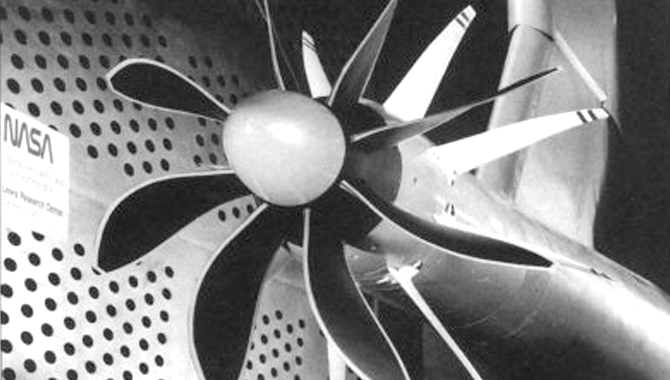
Vol. 5, Issue 12 Twenty-five years ago, an old technology project earned Lewis Research Center the Collier Trophy.

Vol. 5, Issue 12 Twenty-five years ago, an old technology project earned Lewis Research Center the Collier Trophy.
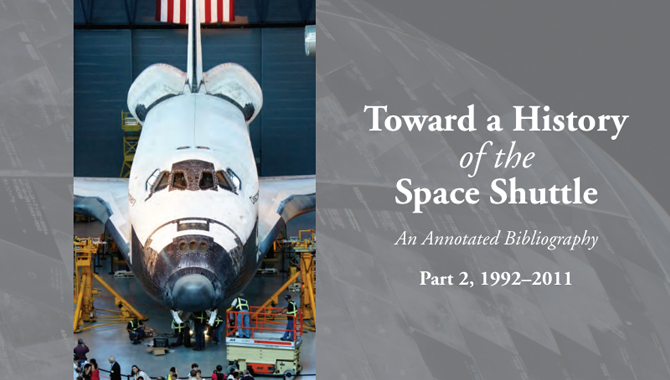
Vol. 5, Issue 12 A new NASA History Office publication offers an annotated history of the Space Shuttle Programs final 20 years.

Vol. 5, Issue 12 How often do you need to wear sunglasses to do physics?
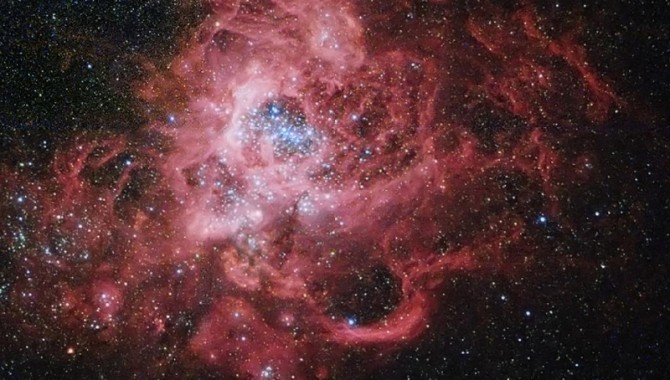
Vol. 5, Issue 12 How does knowledge work happen in an organization?
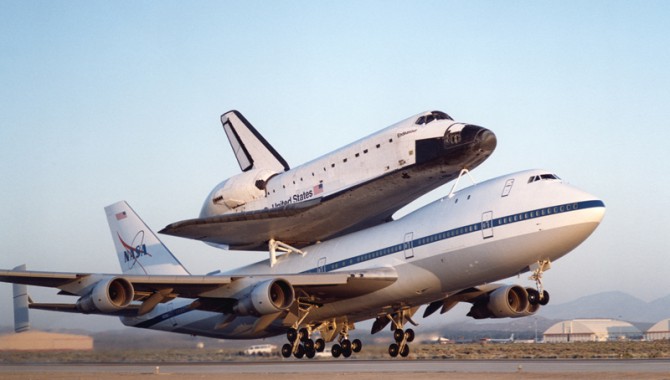
Vol. 5, Issue 12 Johnson Space Center (JSC) offers new knowledge resources on the Space Shuttle Program.
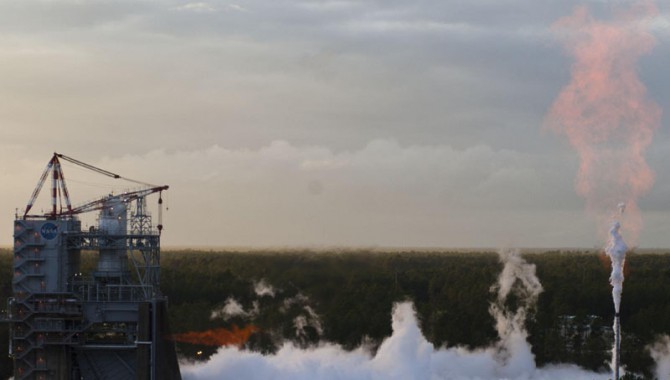
Vol. 5, Issue 12 John Stealey shares his insights about knowledge management at Stennis Space Center.

Vol. 5, Issue 12 What is benchmarking and why do it anyway?

Vol. 5, Issue 11 Langley Research Center’s Manjula Ambur shares her insights about knowledge management at her center.
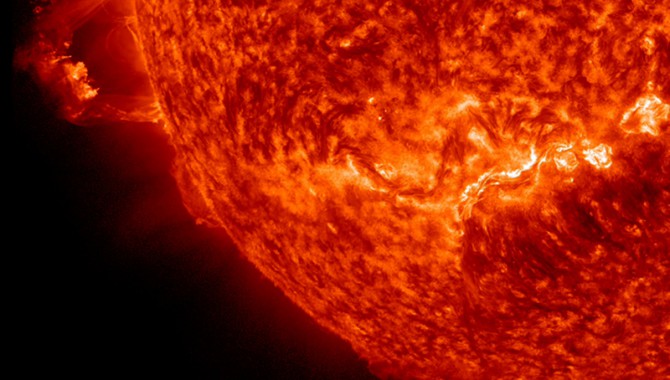
Vol. 5, Issue 11 Unlike physical elements, it is hard to guess the half-life of knowledge in advance.